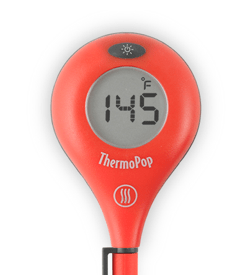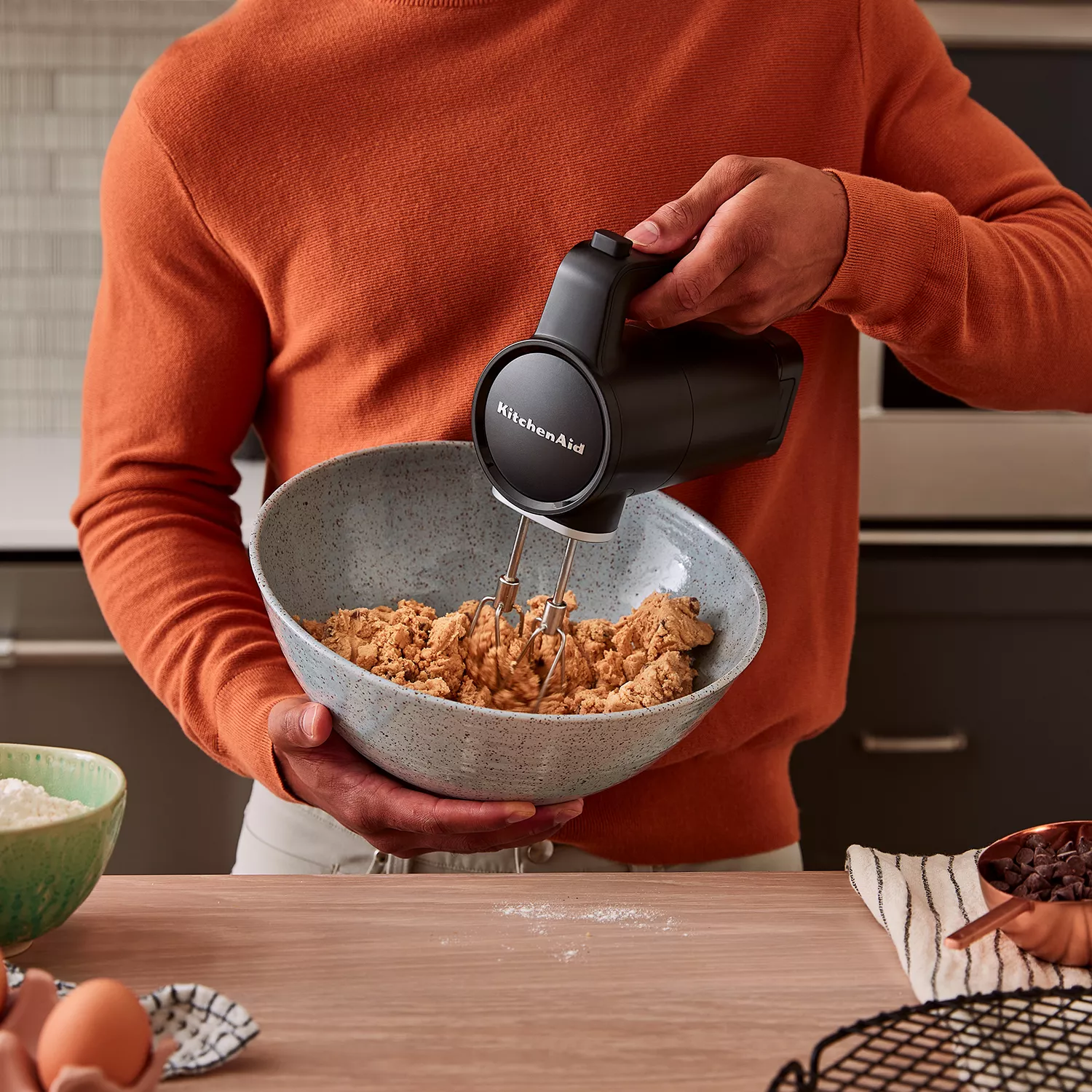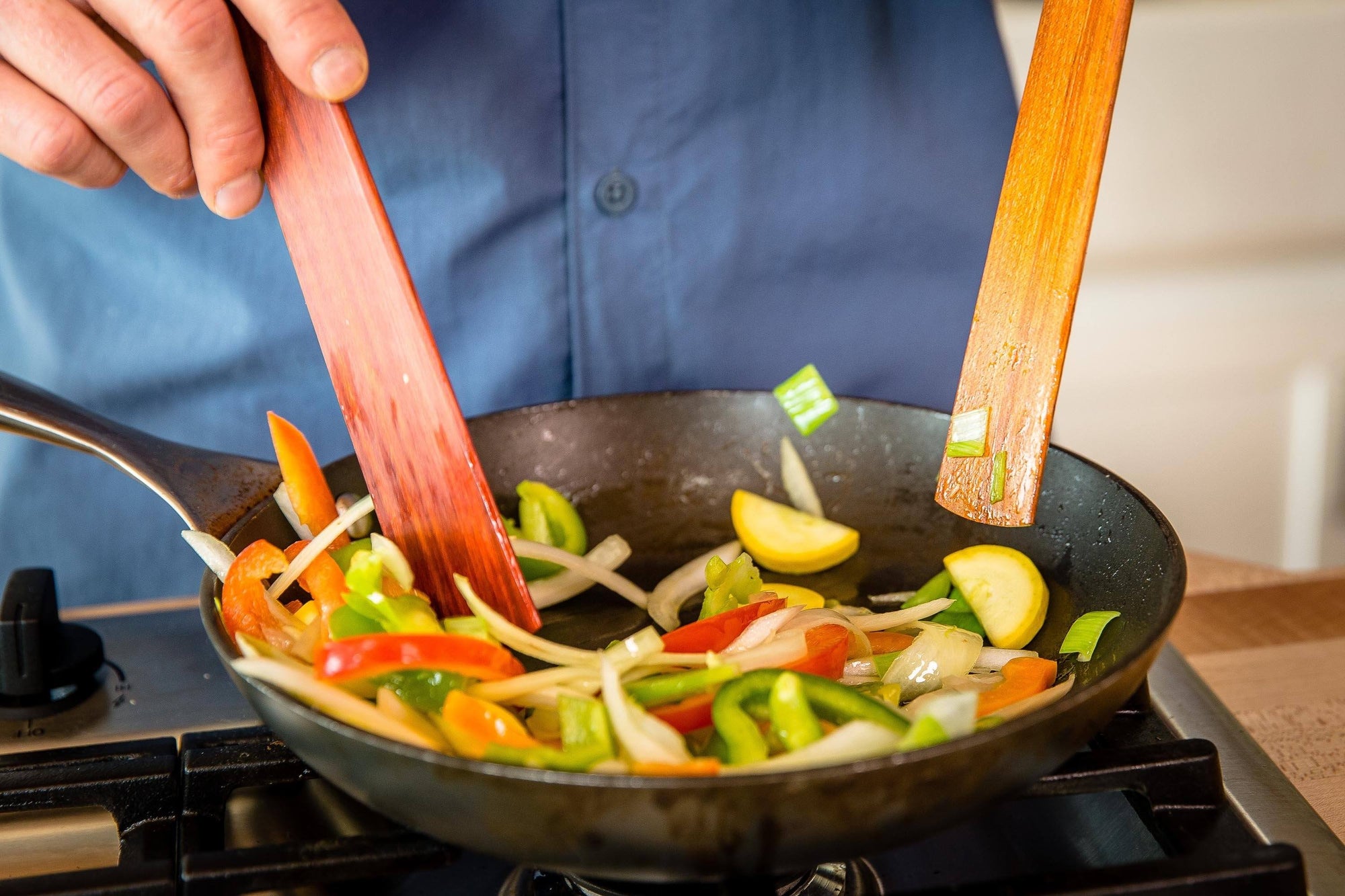Discover Pandipedia
Pandipedia is the world's first encyclopaedia of machine generated content approved by humans. You can contribute by simply searching and clicking/tapping on "Add To Pandipedia" in the answer you like. Learn More
Expand the world's knowledge as you search and help others. Go you!
The Stevenson family faced many dangers, including shipwrecks, storms at sea, and travel in uncharted areas[1]. Three violent deaths occurred in the family within about seventy years: Schir William was slaughtered in 1532, James was murdered in 1590, and Archibald was killed in 1608[1]. There were feuds and being suspected of being a French spy[1].
As engineers of the Northern Lights, the family faced perilous conditions to construct lighthouses[1]. They dealt with dangerous seas, scarcity of resources, and recalcitrant workers[1]. They also faced the risk of disease, as did Alan and Hugh Stevenson, who died of a fever[1].
Let's look at alternatives:
- Modify the query.
- Start a new thread.
- Remove sources (if manually added).
- Request a manual search from our human research team.
Let's look at alternatives:
- Modify the query.
- Start a new thread.
- Remove sources (if manually added).
- Request a manual search from our human research team.
Get more accurate answers with Super Search, upload files, personalised discovery feed, save searches and contribute to the PandiPedia.

The first surfers to ride Teahupoʻo were Tahitians Thierry Vernaudon and a few other locals, who surfed the break for the very first time in 1985. This marked the beginning of Teahupoʻo's recognition within the surfing community, as bodyboarding pioneers Mike Stewart and Ben Severson showcased the spot shortly thereafter in 1986, bringing attention to its potential as a surfing destination[1][2].
Local tradition also attributes the first surfing of the wave to a young girl named Vehiatua, who surfed there in an early contest. Her remarkable ability quickly established her as a local legend[3][4].
Let's look at alternatives:
- Modify the query.
- Start a new thread.
- Remove sources (if manually added).
- Request a manual search from our human research team.

Yes, waves can be observed from space using satellite technology. Satellites equipped with radar altimeters, like the ones launched since the 1970s, measure sea surface height and provide data about ocean circulation and wave dynamics. These measurements are crucial for understanding various oceanic processes, including tides and internal waves, which can be tracked using altimetric data[3].
Additionally, stereo imaging techniques have been employed to monitor ocean surface elevation and wave fields in detail, allowing researchers to analyze wave patterns and dynamics at high frequency and across large areas[2]. This combination of remote sensing technologies enables scientists to gather essential information about marine conditions globally[1].
Let's look at alternatives:
- Modify the query.
- Start a new thread.
- Remove sources (if manually added).
- Request a manual search from our human research team.
Online mental health interventions demonstrate significant effectiveness in improving various mental health outcomes. Research indicates that digitally delivered services like teletherapy and telecoaching yield similar clinical outcomes to in-person therapy, with user satisfaction ratings averaging around 4.86 out of 5[1]. Specifically, digital lifestyle interventions have shown small-to-medium effects in reducing symptoms of depression, anxiety, and stress, achieving comparable outcomes to traditional treatments[4][6].
Furthermore, CBT-based and mindfulness interventions have proven beneficial in workplace settings, enhancing psychological well-being and reducing burnout[2][6]. Despite some limitations in evidence quality, these digital solutions offer scalable, accessible, and potentially lower-cost options for mental health care[3][5].
Let's look at alternatives:
- Modify the query.
- Start a new thread.
- Remove sources (if manually added).
- Request a manual search from our human research team.

Hair does not grow at the same speed for everyone. According to the sources, hair growth rates vary based on multiple factors such as age, ethnicity, and individual health. On average, hair grows between 0.5 and 1.7 centimeters per month, but this rate can be influenced by genetics and other personal factors[1][2].
Additionally, studies have shown that different ethnic groups may have varying growth rates, with Asian hair reported to grow the fastest, followed by Caucasian and then African hair[3][4]. Age also plays a significant role, as hair growth tends to be optimal between the ages of 15 and 30, with a noticeable decrease in growth speed as one ages[2][4].
Overall, while there is an average rate of hair growth, individual variations are substantial.
Let's look at alternatives:
- Modify the query.
- Start a new thread.
- Remove sources (if manually added).
- Request a manual search from our human research team.
Get more accurate answers with Super Search, upload files, personalised discovery feed, save searches and contribute to the PandiPedia.
The Elements of Journalism
A comprehensive book on journalism that delves into the fundamental principles and ethical responsibilities of the profession, emphasizing accuracy, fairness, and serving the public interest[5].
The Journalist and the Murderer
An exploration of the complex relationship between journalists and their subjects, addressing ethical dilemmas and the nature of truth in journalism[5].
All the President’s Men
A gripping account of the investigative reporting of the Watergate scandal by Washington Post journalists Bernstein and Woodward, showcasing the power of investigative journalism[5].
The New New Journalism
Conversations with America’s best nonfiction writers offering insights into the techniques and philosophies of nonfiction storytelling[5].

On Writing: A Memoir of the Craft
Stephen King shares personal experiences and practical advice on writing, beneficial for aspiring journalists[5].

Dispatches
A visceral account of the Vietnam War from the perspective of a war correspondent, highlighting the brutal realities faced by soldiers[5].
Politics and the English Language
George Orwell's essay examining how language can conceal truths and mislead, essential for understanding the impact of language in journalism[4].
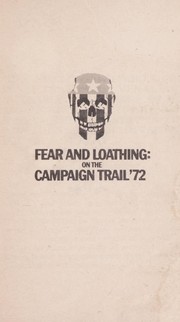
Fear and Loathing: On the Campaign Trail ’72
Hunter S. Thompson's gonzo-style journalism covering the 1972 U.S. presidential campaign, offering an unfiltered look at American politics[5].
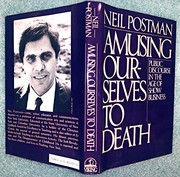
Amusing Ourselves to Death
Neil Postman's examination of how television and visual media have changed public discourse, relevant for understanding modern journalism's challenges[5].
Breaking News: The Remaking of Journalism and Why It Matters Now
Alan Rusbridger discusses the issues facing the news industry in the digital age[7].

The Race Beat: The Press, the Civil Rights Struggle, and the Awakening of a Nation
An exploration of the role of the press in the civil rights movement[5].

We Wish To Inform You That Tomorrow We Will Be Killed With Our Families
Philip Gourevitch's account of the Rwandan genocide, blending history with personal narratives[3].
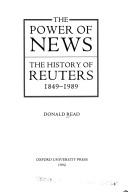
The Power of News: The History of Reuters
An account detailing the evolution of Reuters and its influence on news reporting[5].
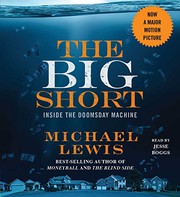
The Big Short: Inside the Doomsday Machine
Michael Lewis's insightful look at the 2008 financial crisis and the role of journalism in uncovering the truth behind it[5].

The Autobiography of Benjamin Franklin
A significant account of one of America's founding fathers with details that emphasize the importance of communication and public service in journalism[5].
The Glamour of Grammar
Roy Peter Clark's guide on the practical use of grammar and its relevance to effective communication in journalism[5].
Newspaper Days
H.L. Mencken's reflections on his time as a reporter, providing insights into the journalism profession from the early 20th century[5].
The Watchdog That Didn’t Bark: The Financial Crisis and the Disappearance of Investigative Journalism
A critical examination of how investigative journalism failed to address the financial crisis[5].
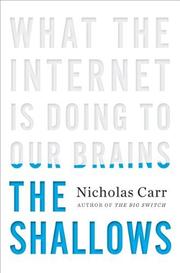
The Shallows: What the Internet is Doing to Our Brains
Nicholas Carr discusses how the digital landscape affects our cognitive function and attention, important for contemporary journalistic practices[5].
The News: A User’s Manual
Alain de Botton critiques the modern media landscape and the influence of news on society[5].
The Content Fuel Framework: How to Generate Unlimited Story Ideas
A resource for journalists on how to create impactful and engaging content in the digital age[1].
Writing Tools: 55 Essential Strategies for Every Writer
This book covers essential tips for refining writing skills crucial for journalism[1].
The Fact-Checker’s Bible
A guide to accuracy in journalism that details techniques for ensuring factual integrity in reporting[1].
Let's look at alternatives:
- Modify the query.
- Start a new thread.
- Remove sources (if manually added).
- Request a manual search from our human research team.
Misen Chef’s Knife
A quality knife featuring a balanced design and sharp edge, essential for any cook[2][3][5].
:max_bytes(150000):strip_icc()/lodge-cast-iron-skillet-44f08559005a45d3a57ea80ef1c7c773.jpg)
Lodge Cast Iron Skillet
Praised for its heat retention and durability, this skillet is versatile for various cooking methods[5][8].
Thermapen ONE
An incredibly accurate instant-read thermometer that provides quick temperature readings for meats[7][8].
Nutribullet Immersion Blender
Ideal for blending soups and sauces directly in the pot, it's compact and easy to clean[3][5].
Microplane
A fine grater perfect for zesting citrus and grating hard cheeses, making it a daily use tool[3][2].
OXO Good Grips Handheld Mandoline Slicer
This compact slicer allows for precision cutting of vegetables without taking up storage space[1].
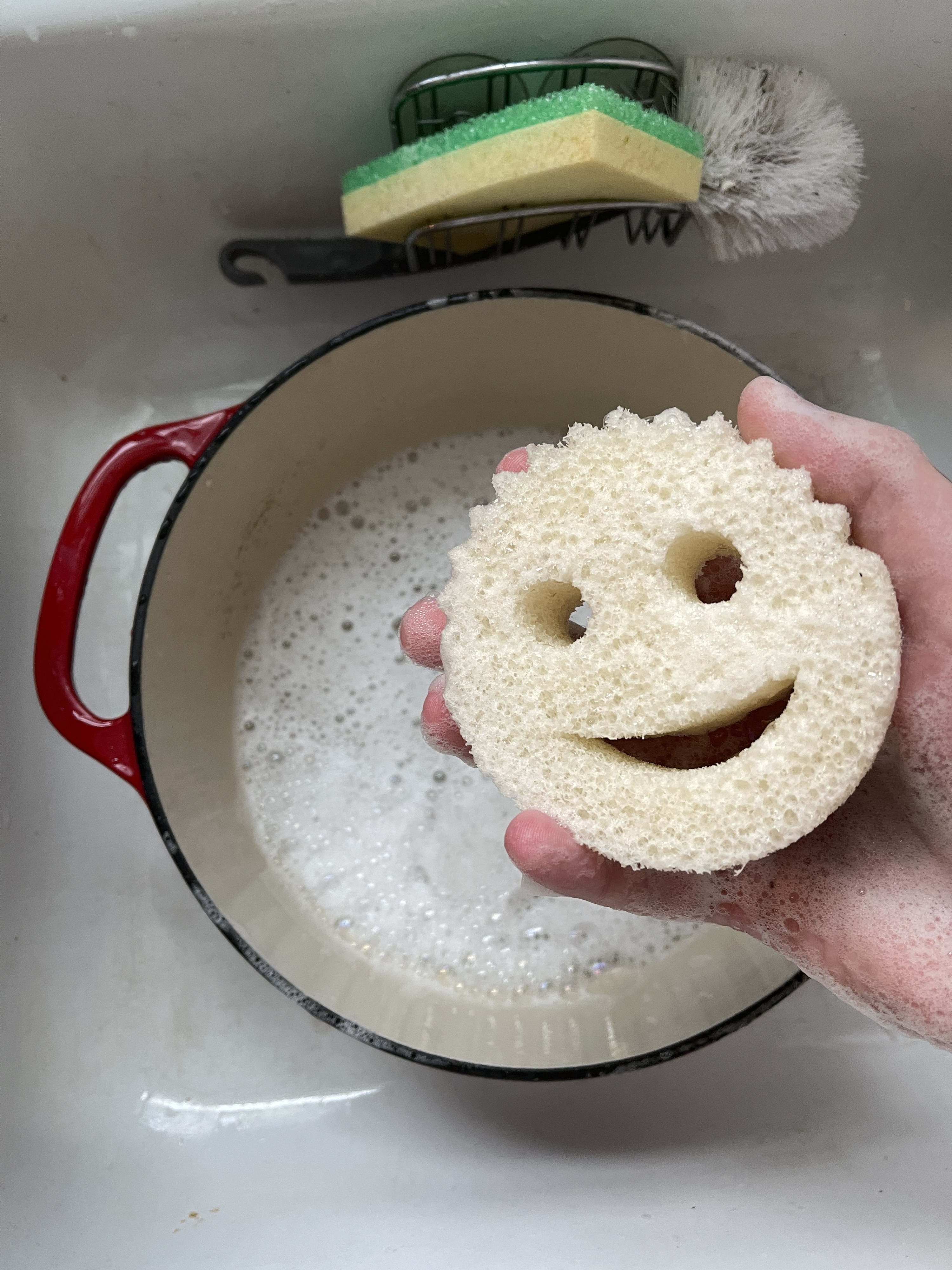
Scrub Daddy
A non-odor resistant sponge that maintains its shape and effectiveness for weeks, making dishwashing easier[1].
Williams Sonoma Wooden Spatula
An affordable and versatile spatula suitable for all types of cookware and everyday cooking tasks[1].
USA Pan Sheet Pans
Heavy-duty and nonstick baking sheets that withstand high temperatures and are easy to clean[1].
Cuisinart Mini-Prep Food Processor
A compact food processor ideal for chopping and mixing small amounts, perfect for small kitchens[3].
Escali Primo Kitchen Scale
An accurate scale that simplifies measuring ingredients, essential for precise baking[1].
OXO Swivel Peeler
A comfortable and efficient vegetable peeler that makes peeling less of a chore[1].
Ballarini Nonstick Fry Pan Set
Offering great value, this set of nonstick pans provides durability and performance without breaking the bank[1].
Joseph Joseph Y-Rack Dish Drainer
A space-saving dish rack that holds a large number of dishes, perfect for small kitchens[1].
Lodge Dutch Oven
Known for its versatility and ability to retain heat, ideal for making stews, baking, and more[1][7].
Great Jones Holy Sheet Pan
A well-designed sheet pan that offers uniform heat distribution and easy cleanup[3][8].
OXO Good Grips Vegetable Chopper
A handy tool for chopping vegetables without the need for a knife[3].
:max_bytes(150000):strip_icc()/Breville-Citrus-Press-Pro-Juicer-9c3c8f42bc214087a3b604474ba7fca2.jpg)
Breville Citrus Press Pro Juicer
An efficient electric juicer for extracting juices from citrus fruits, simplifying food prep[8].
:max_bytes(150000):strip_icc()/Cuisinart-14-Cup-Food-Processor-86ea55257eb04fccadd45cf4c5ef93a6.jpg)
Cuisinart Food Processor
A large-capacity processor known for its efficiency at chopping and slicing[7].
:max_bytes(150000):strip_icc()/kitchenaid-7-quart-bowl-lift-stand-mixer-redesigned-033f3be327cf45c2a6971bc3c6484712.jpeg)
KitchenAid 7 Quart Bowl-Lift Stand Mixer
A powerful stand mixer ideal for large batches of dough and mixing tasks[8].
Taylor Oven Thermometer
An affordable tool for ensuring your oven's actual temperature matches the setting, vital for baking[1].
Made In Kitchen Utensil Set
A selection of high-quality utensils constructed from durable materials, versatile for cooking tasks[2].
Nutribullet
Compact and effective for blending smoothies and cold beverages, perfect for everyday use[1].
All-Clad Professional Stainless Steel Kitchen Gadgets and Caddy
A high-performing set of kitchen tools made from sturdy materials[2].
ThermoPop Instant-Read Thermometer
Highly accurate for cooking meats correctly and ensuring food safety[1][7].
GIR’s 10-Piece Silicone Utensil Set
Versatile silicone utensils that are designed to withstand high heat and protect your cookware[2].
KitchenAid Go Cordless Hand Mixer
A convenient cordless mixer perfect for easy mixing tasks during meal prep[3].
Earlywood Saute Spatula Set
A strong, durable spatula set that works well for various cooking applications[3].
Instant Pot Vortex Plus Air Fryer
User-friendly and versatile for a range of cooking tasks including frying and roasting[3][8].
Let's look at alternatives:
- Modify the query.
- Start a new thread.
- Remove sources (if manually added).
- Request a manual search from our human research team.
Let's look at alternatives:
- Modify the query.
- Start a new thread.
- Remove sources (if manually added).
- Request a manual search from our human research team.

The 12-12-12 rule is a decluttering method created by Joshua Becker that simplifies the process of organizing by encouraging individuals to find 12 items to throw away, 12 to donate, and 12 to return to their proper place. This approach helps break the overwhelming task of decluttering into manageable steps that can be repeated as needed, making it feel more like a game than a chore[1][3][5].
Experts note that the rule is beneficial for those who may feel overwhelmed by clutter, as it provides a structure that fosters quick decision-making and visible results. It can easily be adapted depending on individual needs, allowing for a more personalized decluttering experience[2][4][5].
Let's look at alternatives:
- Modify the query.
- Start a new thread.
- Remove sources (if manually added).
- Request a manual search from our human research team.

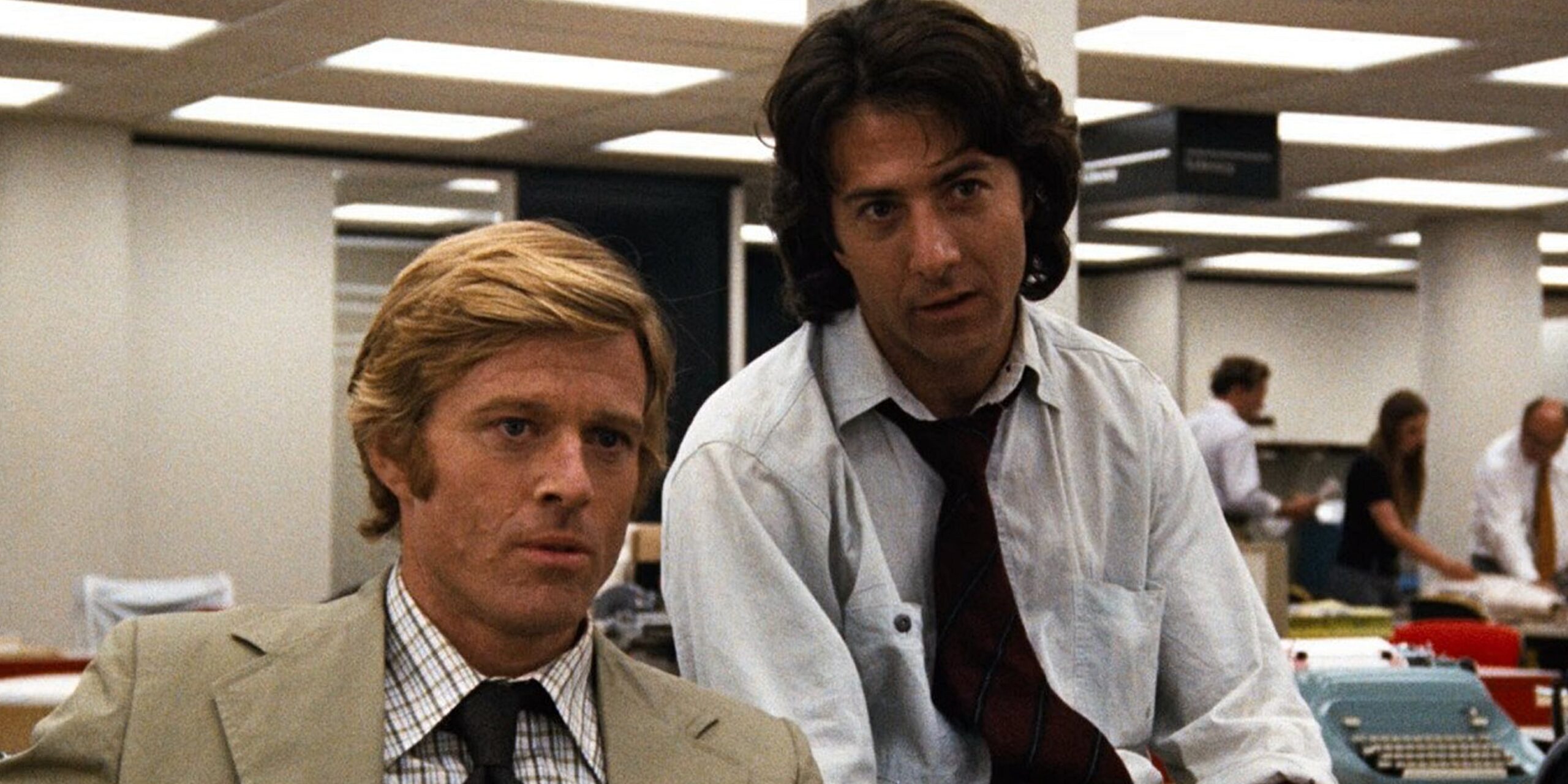


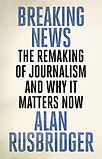











:max_bytes(150000):strip_icc():format(webp)/Testing-ThermoWorks_Thermapen_3-RussellKilgore-0059-21c96338a2e9410dadc8cc5a147283ef.jpeg)
:max_bytes(150000):strip_icc():format(webp)/Testing-ThermoWorks_Thermapen_3-RussellKilgore-0059-21c96338a2e9410dadc8cc5a147283ef.jpeg)
:max_bytes(150000):strip_icc():format(webp)/Testing-ThermoWorks_Thermapen_3-RussellKilgore-0819-85870702af274613a0c1a380c849d9a1.jpeg)
:max_bytes(150000):strip_icc():format(webp)/nutribullet-immersion-hand-blender-kevin-norris-XL-AFF722-d95c6b96392b42ff879f5d71d9993e10.jpg)
:max_bytes(150000):strip_icc():format(webp)/nutribullet-immersion-blender-deluxe-set-d509583204314464acfa929311f02a47.jpg)
:max_bytes(150000):strip_icc()/nutribullet-immersion-blender-deluxe-set-d509583204314464acfa929311f02a47.jpg)


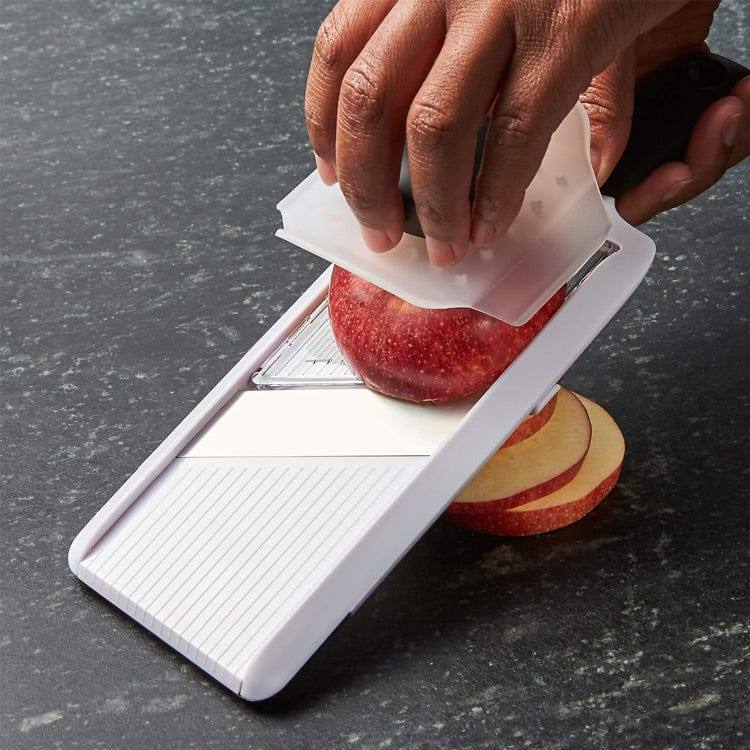




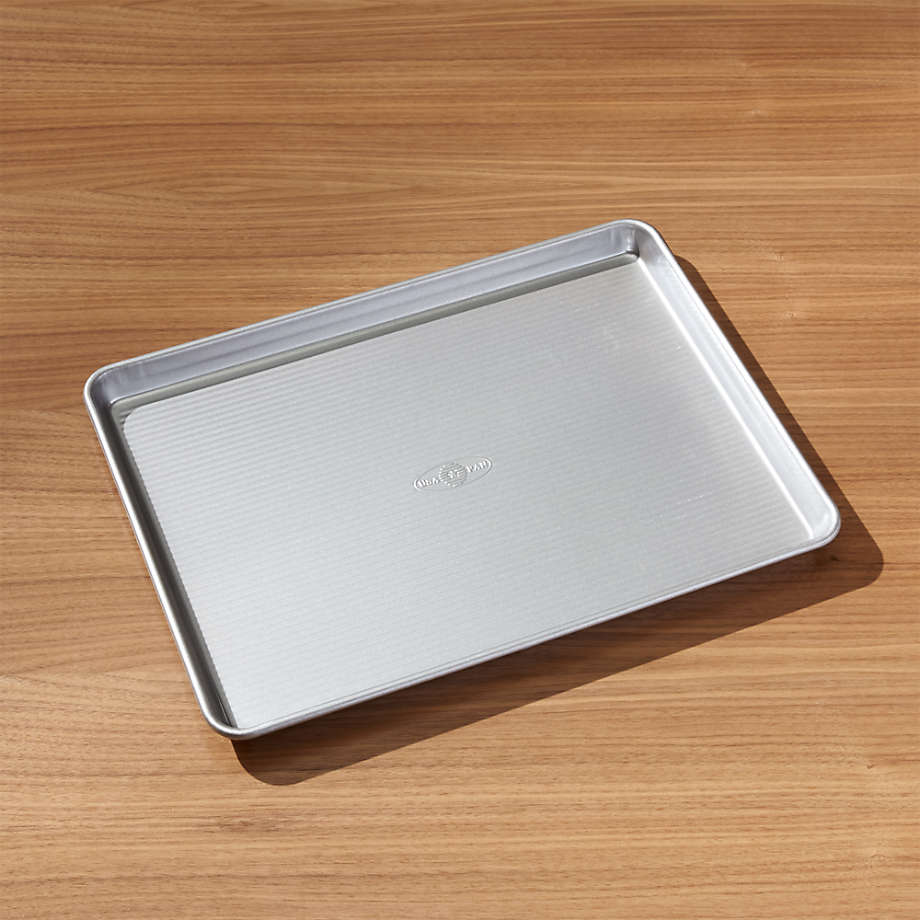

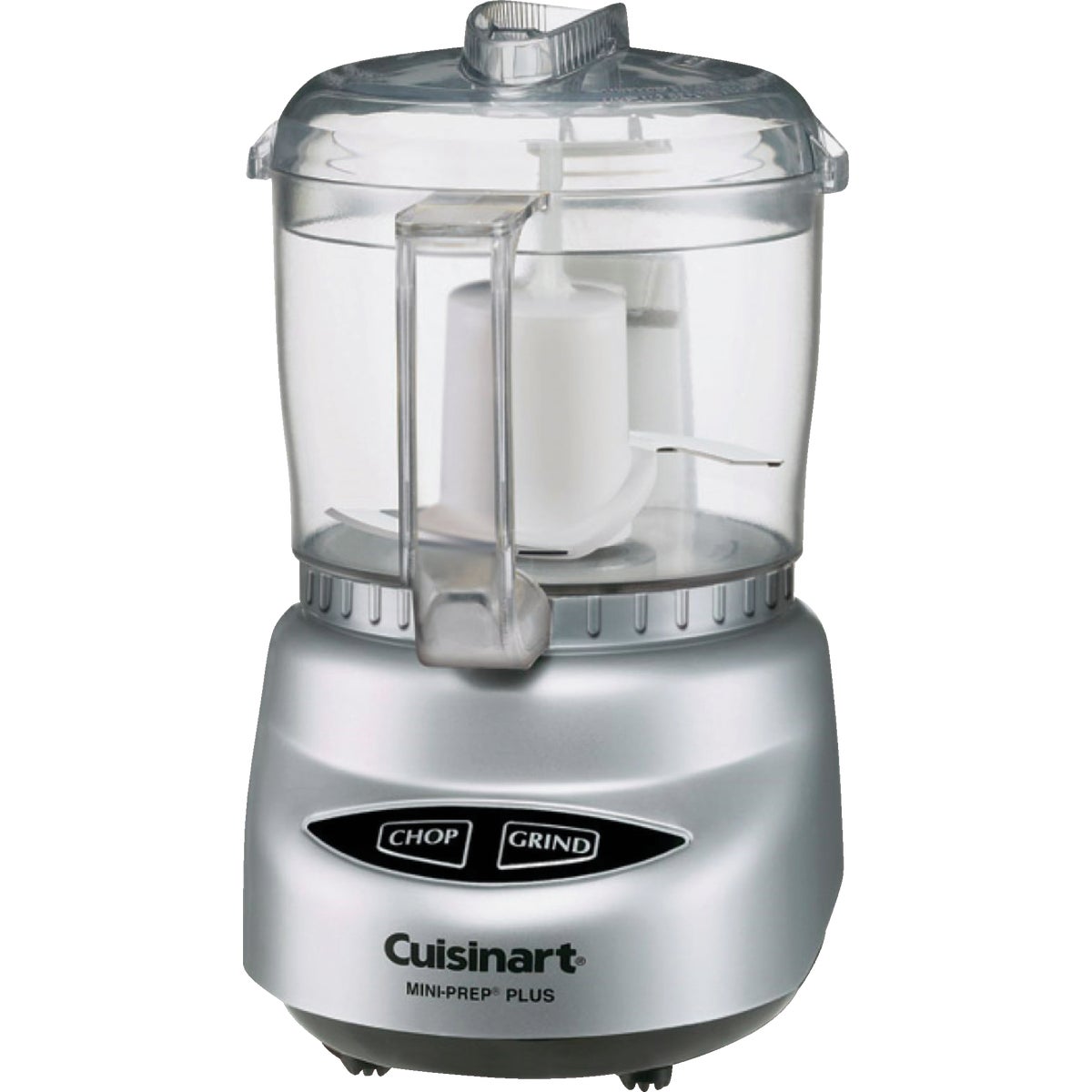
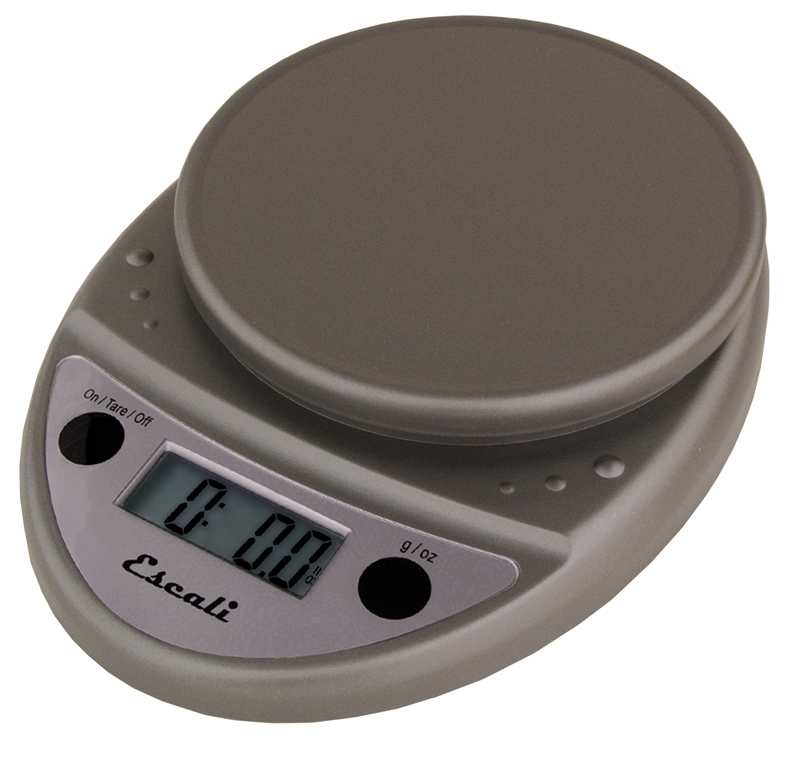
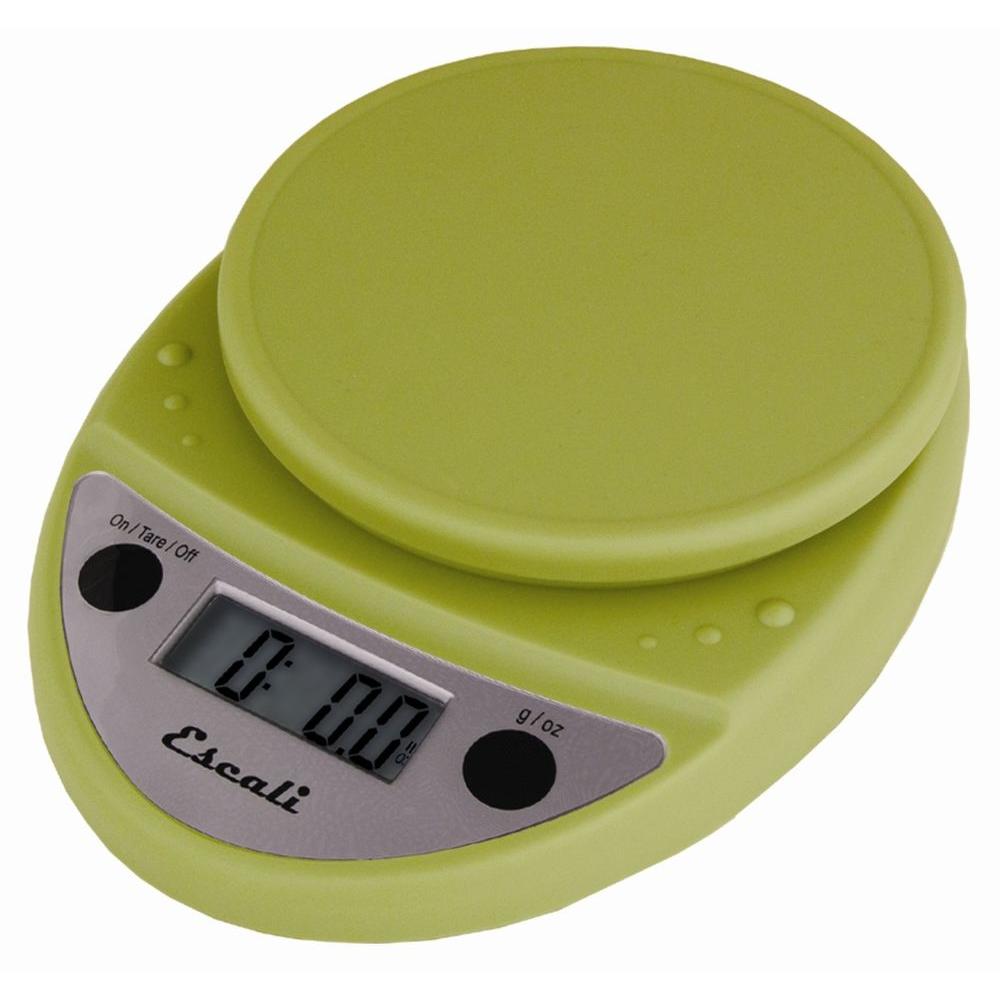
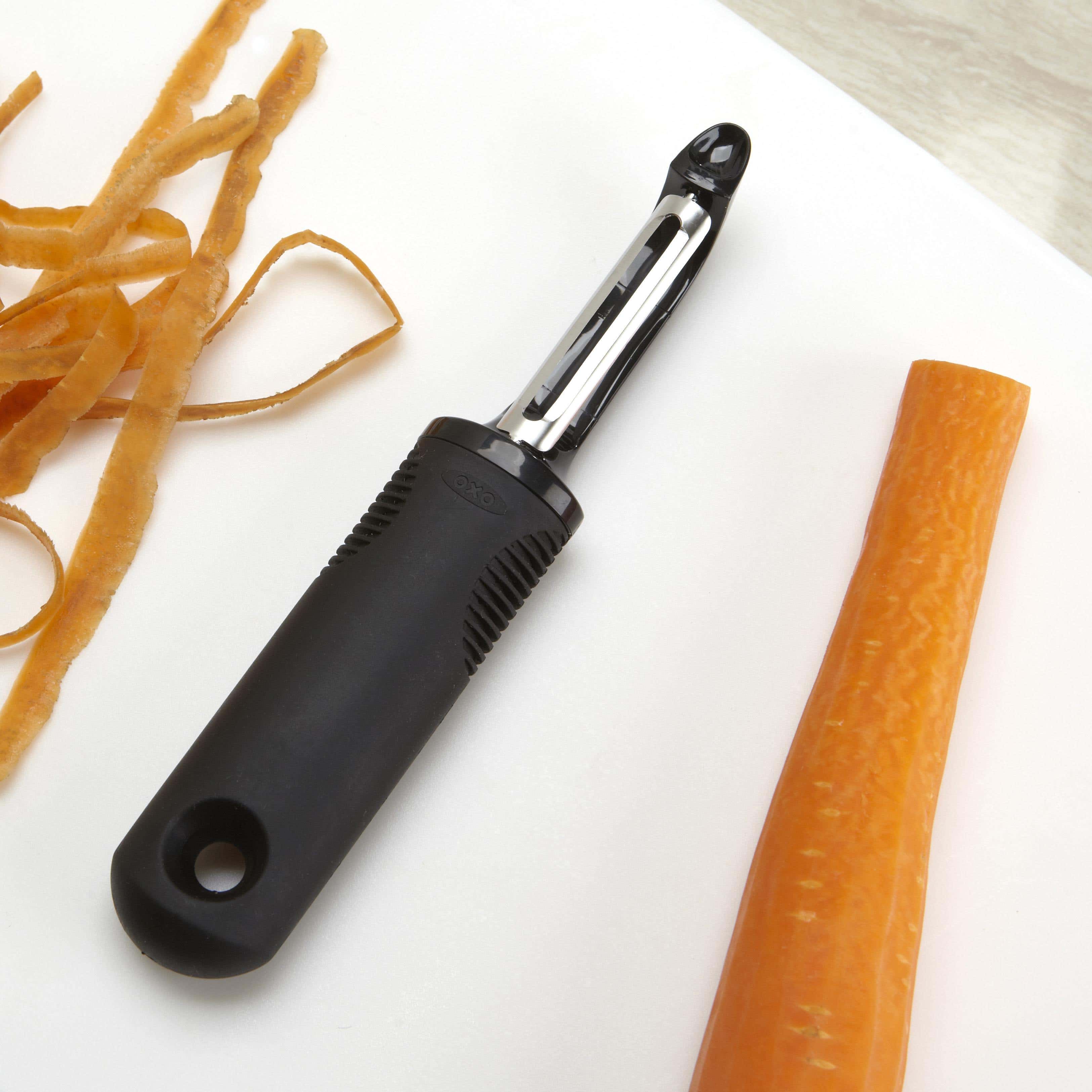

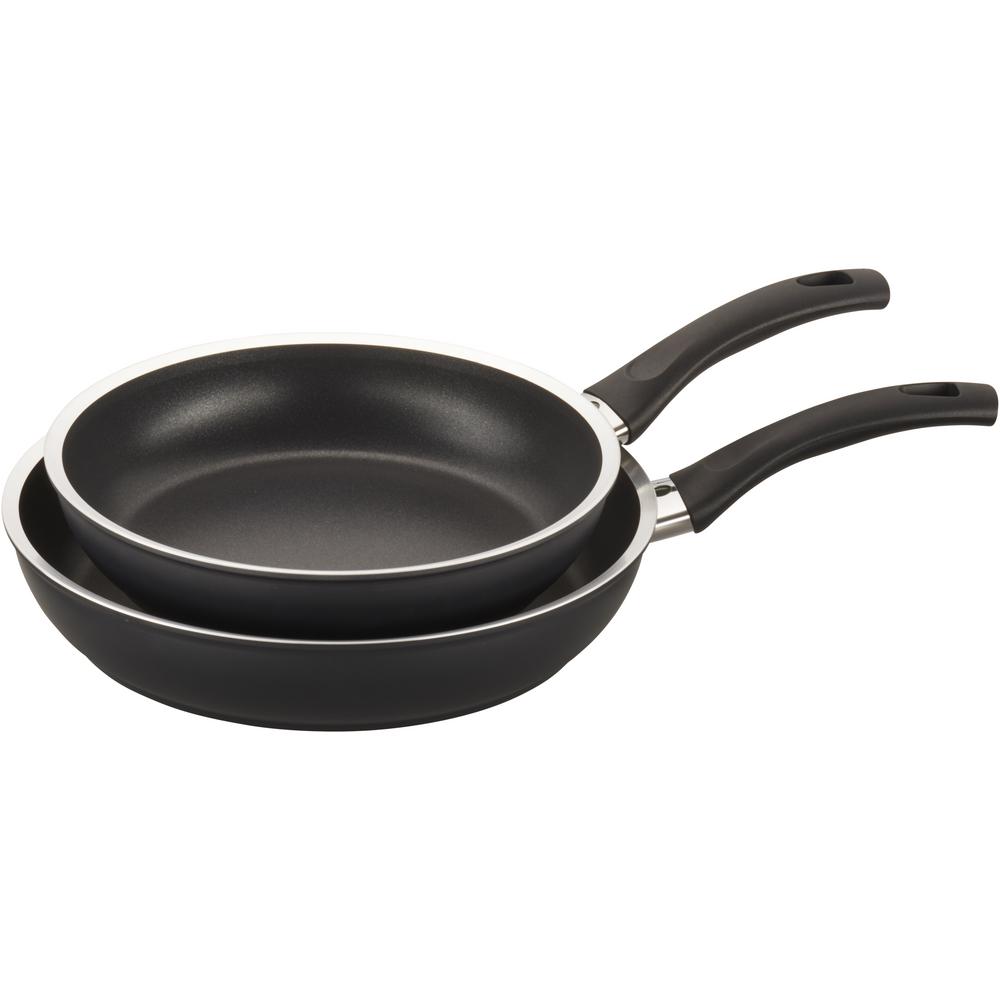
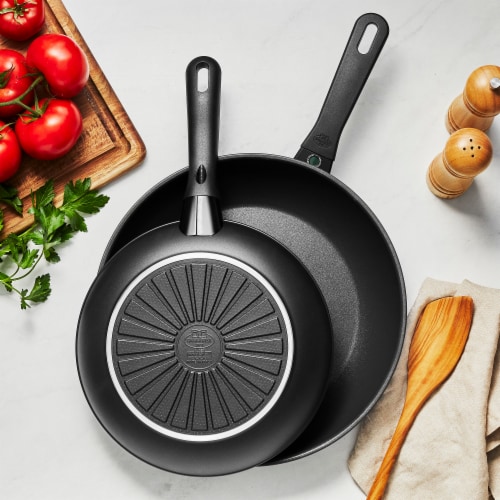


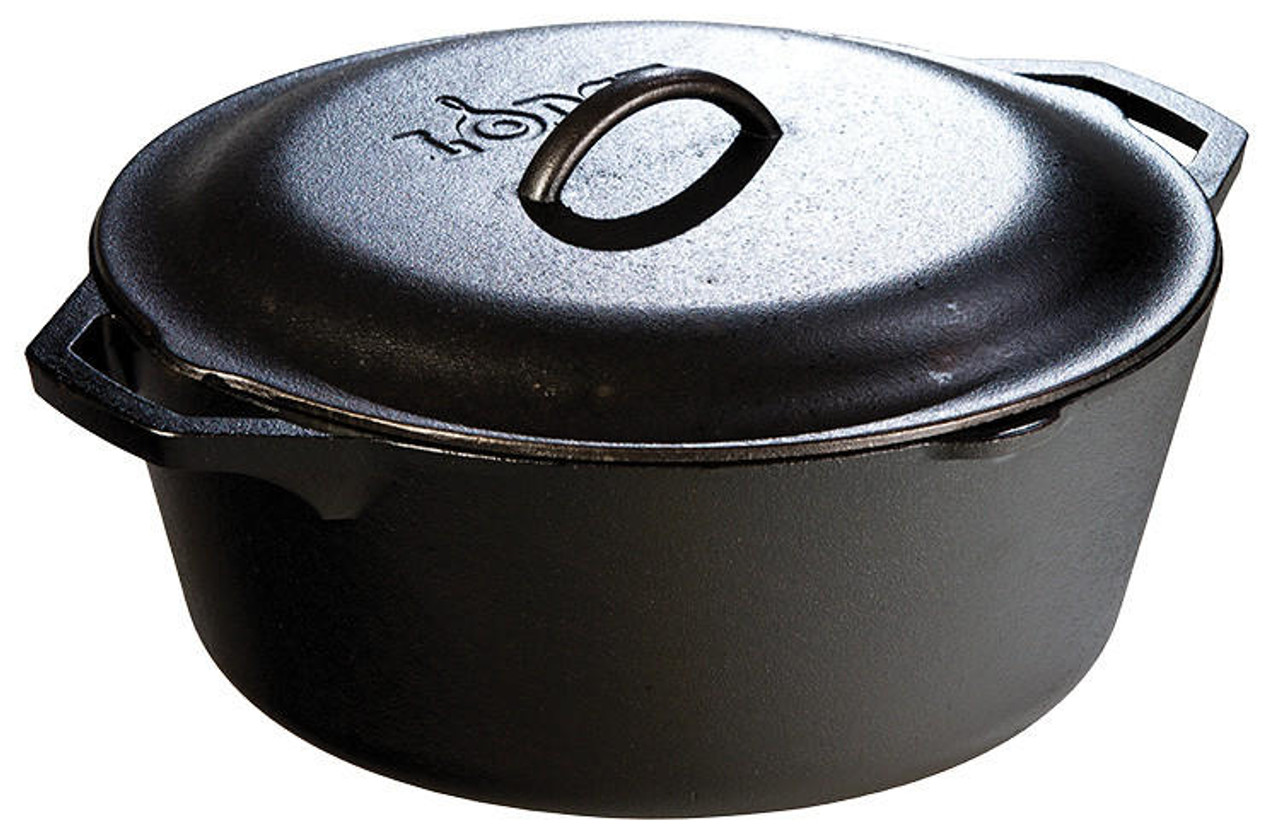

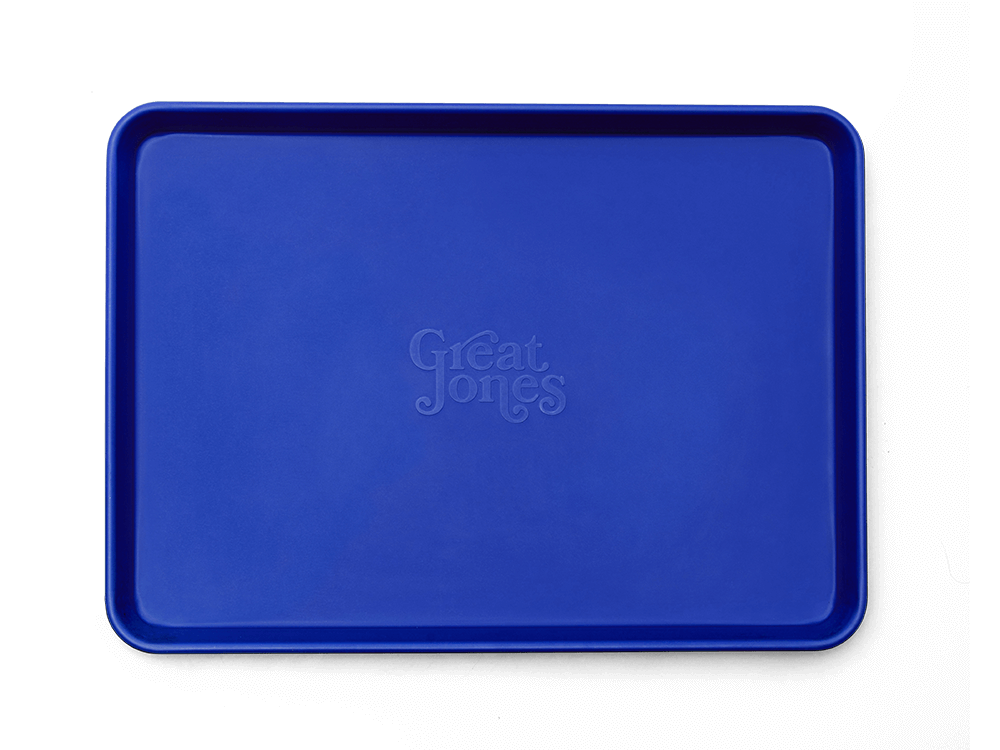




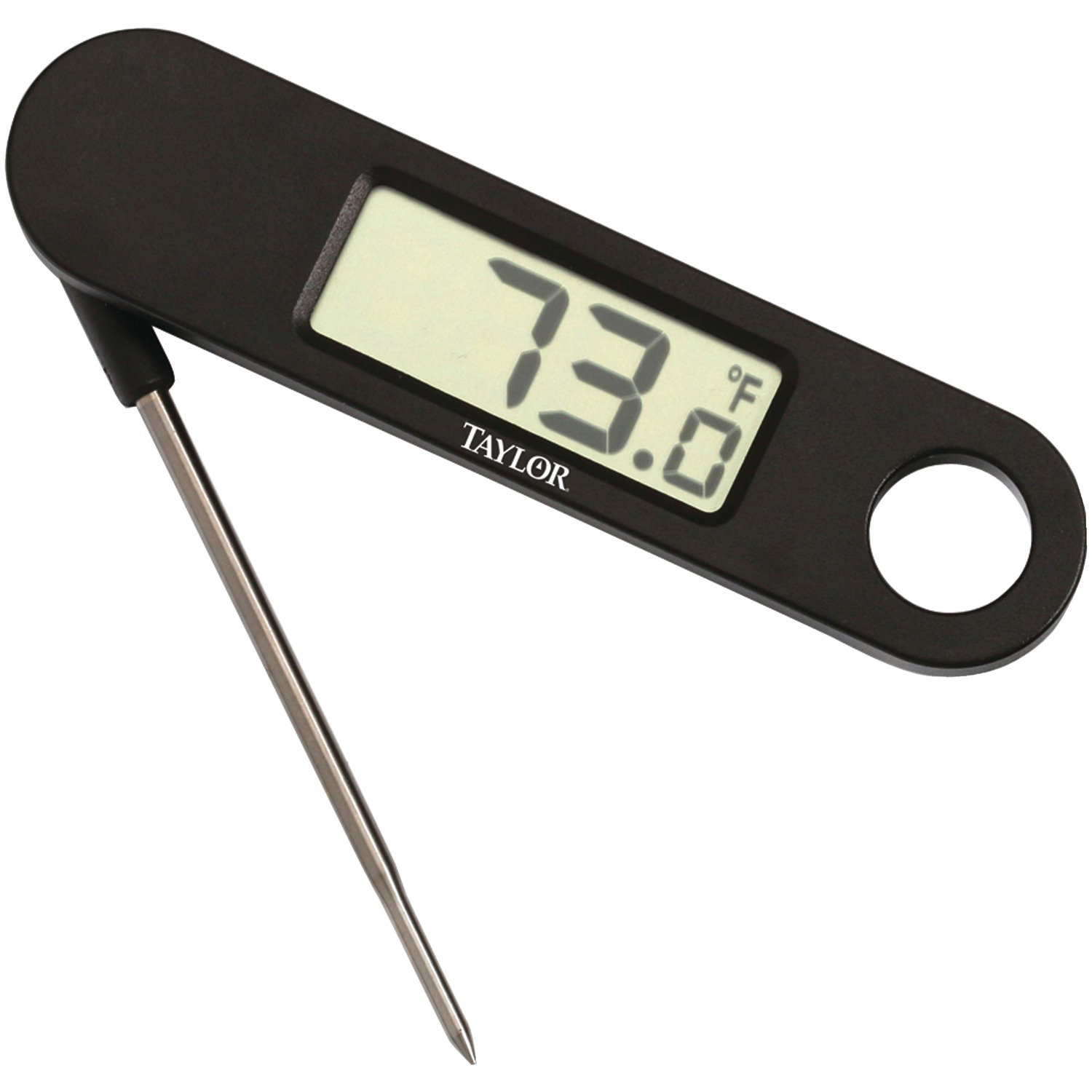


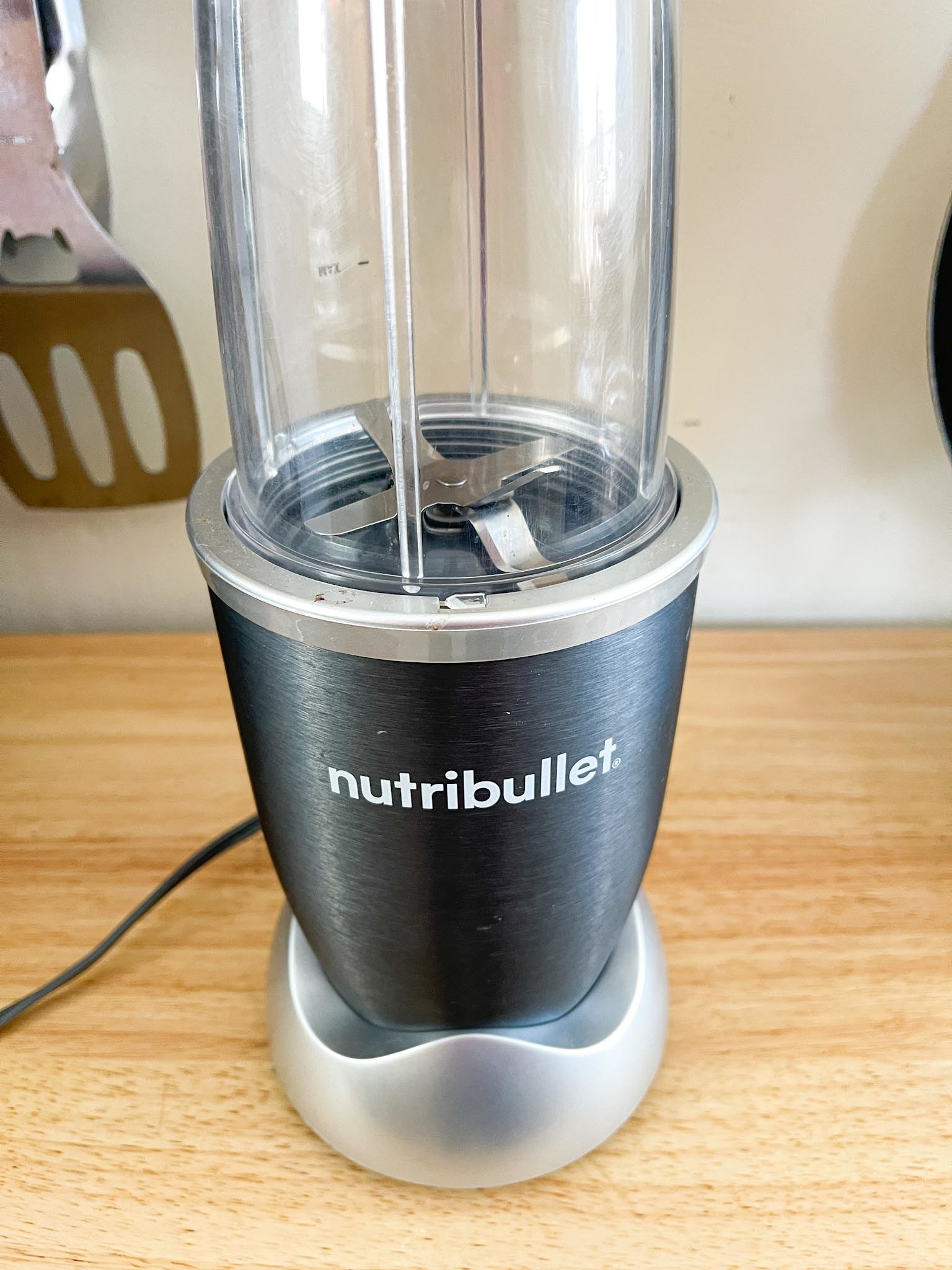
:max_bytes(150000):strip_icc():format(webp)/faw-personal-blenders-test-nutribullet-pro-900-rkilgore-98-a074fe8cb56b4bc19a5b3417093df909.jpeg)
:max_bytes(150000):strip_icc():format(webp)/faw-personal-blenders-test-nutribullet-pro-900-rkilgore-107-494e2f6ee68d4e4091afcd4266420beb.jpeg)



